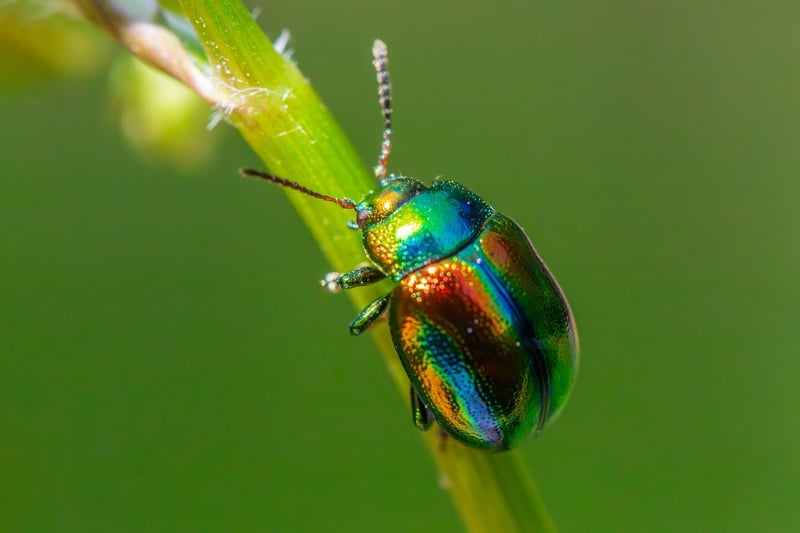Dealing with Pests
Essential Care and Upkeep Advice for Healthy Vertical Gardens
Introduction
Vertical gardens are a fantastic way to bring greenery into small spaces, add visual appeal to walls, and improve air quality. To keep your vertical garden thriving, it's essential to provide proper care and maintenance. Here are some tips to help you maintain a healthy vertical garden.
1. Choose the Right Plants
Opt for plants that thrive in vertical environments, such as succulents, ferns, pothos, and ivy. Make sure the plants have similar light and water requirements to ensure they all flourish together.
2. Watering
Monitor the moisture levels in your vertical garden regularly. Depending on the plant types and the environment, you may need to water daily or weekly. Ensure proper drainage to prevent waterlogging, which can lead to root rot.
3. Light
Place your vertical garden in a location that receives adequate sunlight for the plants to thrive. If natural light is limited, consider using grow lights to supplement the lighting requirements.
4. Pruning and Trimming
Regularly prune and trim your plants to encourage healthy growth and prevent overcrowding. Remove dead or yellowing leaves to maintain the overall appearance of your vertical garden.
5. Fertilizing
Feed your vertical garden with a balanced fertilizer to provide essential nutrients for plant growth. Follow the instructions on the fertilizer packaging and avoid over-fertilizing, which can harm the plants.
6. Inspect for Pests and Diseases
Regularly check your vertical garden for signs of pests like aphids, spider mites, or mealybugs. If you notice any infestations or diseases, take prompt action to prevent them from spreading to other plants.
Dealing with Pests in Vertical Gardens
1. Natural Remedies
Consider using natural remedies like neem oil spray or insecticidal soap to control common pests in your vertical garden. These solutions are effective and safer for the environment compared to chemical pesticides.
2. Prune Infested Areas
If you identify a pest infestation in a specific area of your vertical garden, prune and remove the affected plant parts to prevent the pests from spreading further.
3. Introduce Beneficial Insects
Encourage beneficial insects like ladybugs or lacewings in your vertical garden, as they can help control pest populations naturally. Planting flowers that attract these insects can create a balanced ecosystem in your garden.
Conclusion
By following these care and maintenance tips, you can ensure that your vertical garden remains healthy, vibrant, and pest-free. With proper attention and regular upkeep, you can enjoy the beauty of your vertical garden for years to come.

For more information on vertical gardening and pest management, check out Royal Horticultural Society.
